Evidence-Based Practice Implementation in Nursing Research
VerifiedAdded on 2022/12/26
|10
|827
|97
Report
AI Summary
This report delves into the essentials of evidence-based practice (EBP) within nursing research, emphasizing its role in improving patient care. It highlights the importance of clinical educators in imparting EBP knowledge and the financial incentives provided by healthcare regulatory organizations. The report explores operationalizing practice changes through shared governance, fostering collaboration, teamwork, and problem-solving to enhance patient outcomes and satisfaction. It discusses a theoretical model for decentralizing nursing stations to prioritize evidence-based care. Furthermore, the report addresses overcoming barriers to EBP implementation by educating nurses, developing databases, and promoting EBP use. It outlines sources of internal evidence, including resource databases and educator knowledge, and details evaluation methods, such as assessing library data and computer literacy. Ethical considerations, including consent and non-maleficence, are also discussed. The report references several studies supporting the implementation of EBP in nursing.
1 out of 10

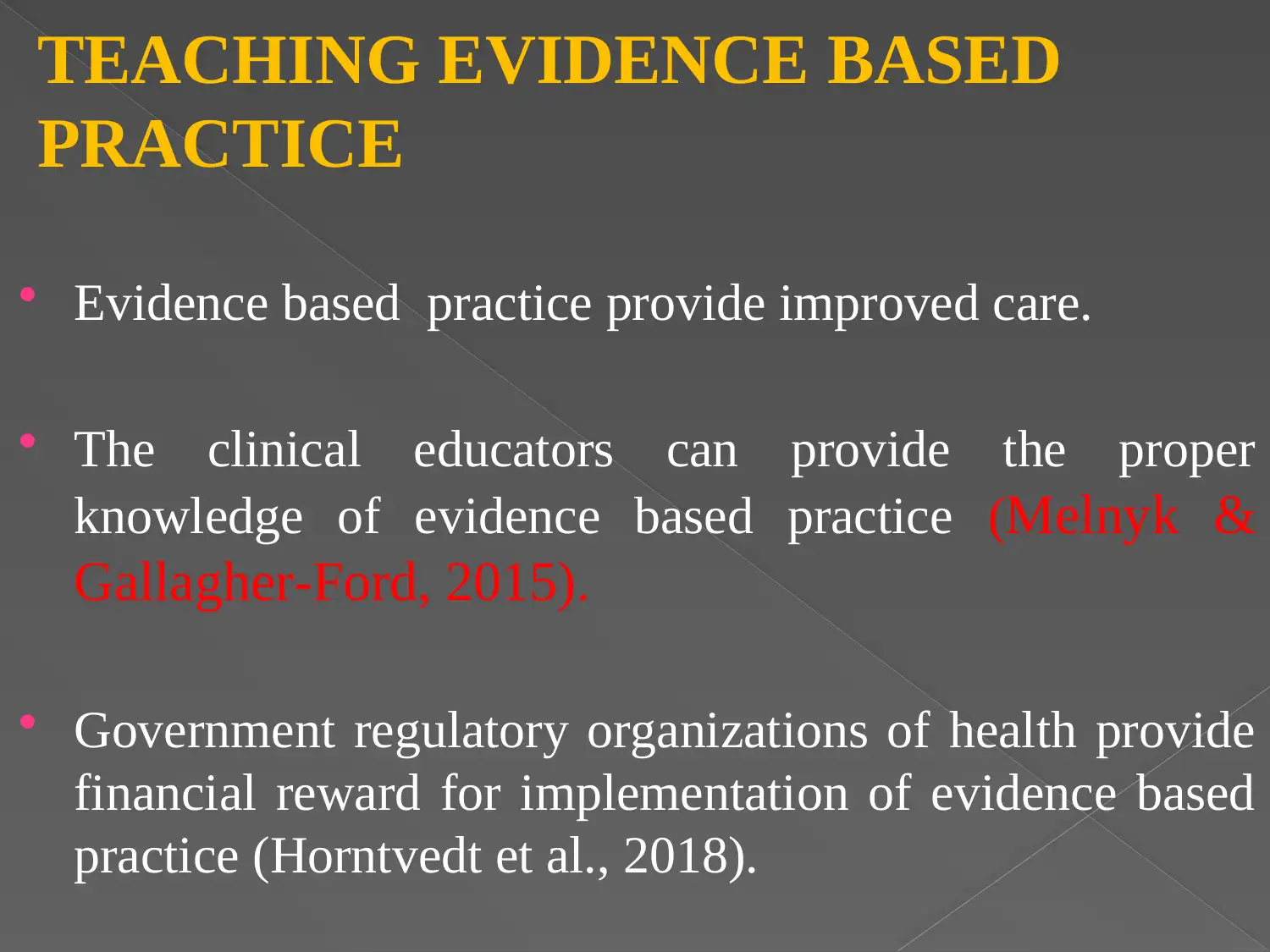
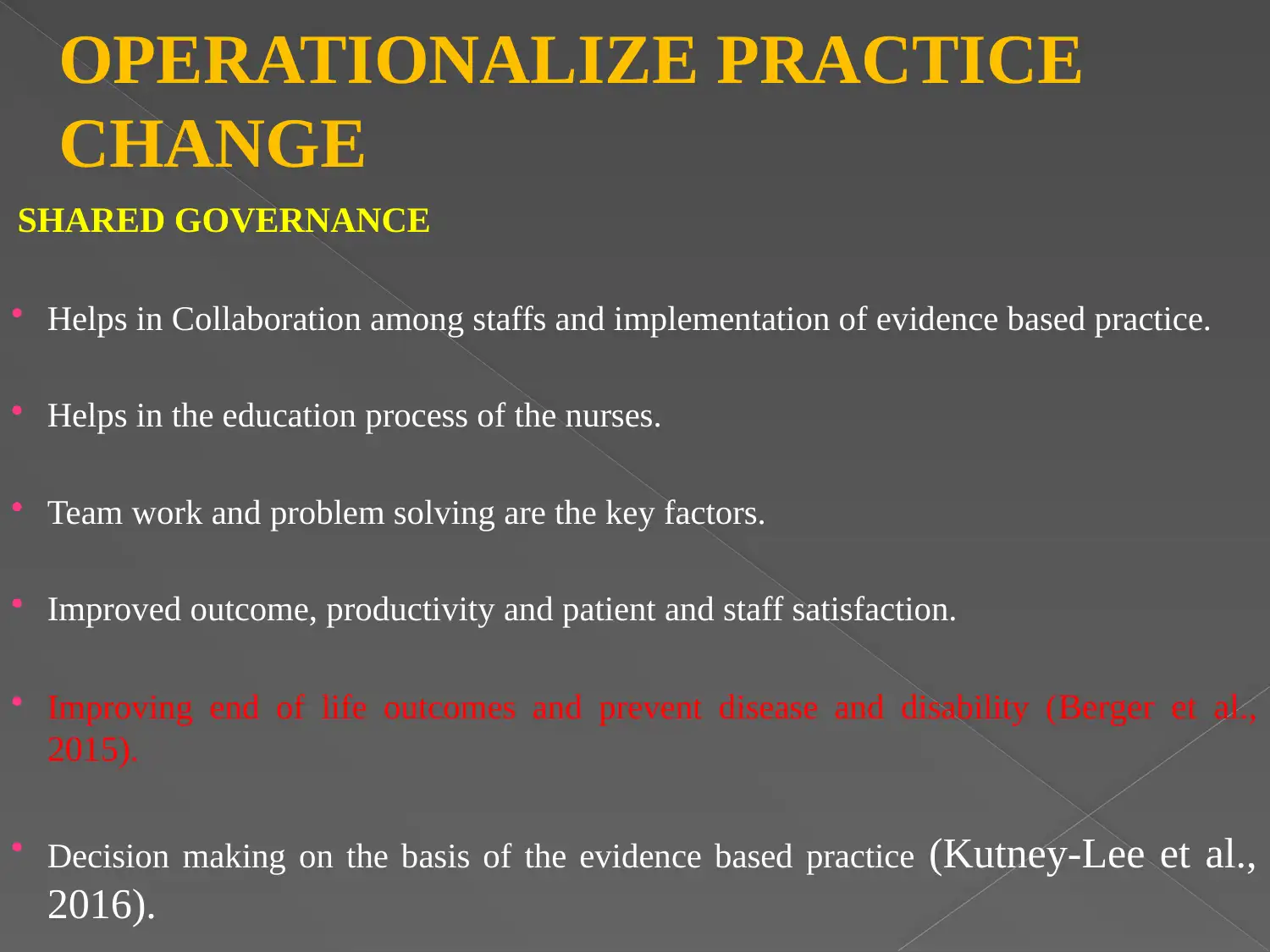

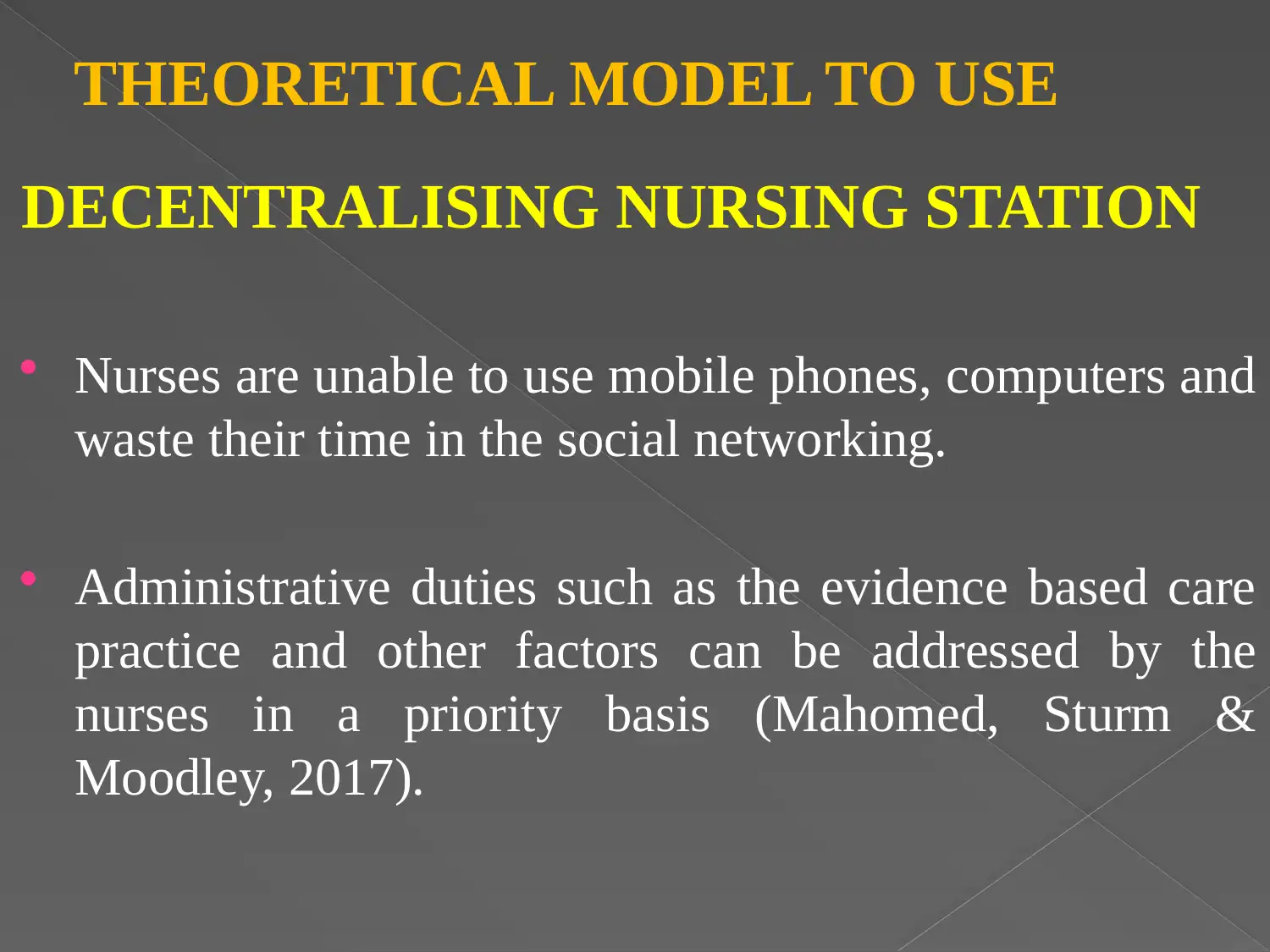
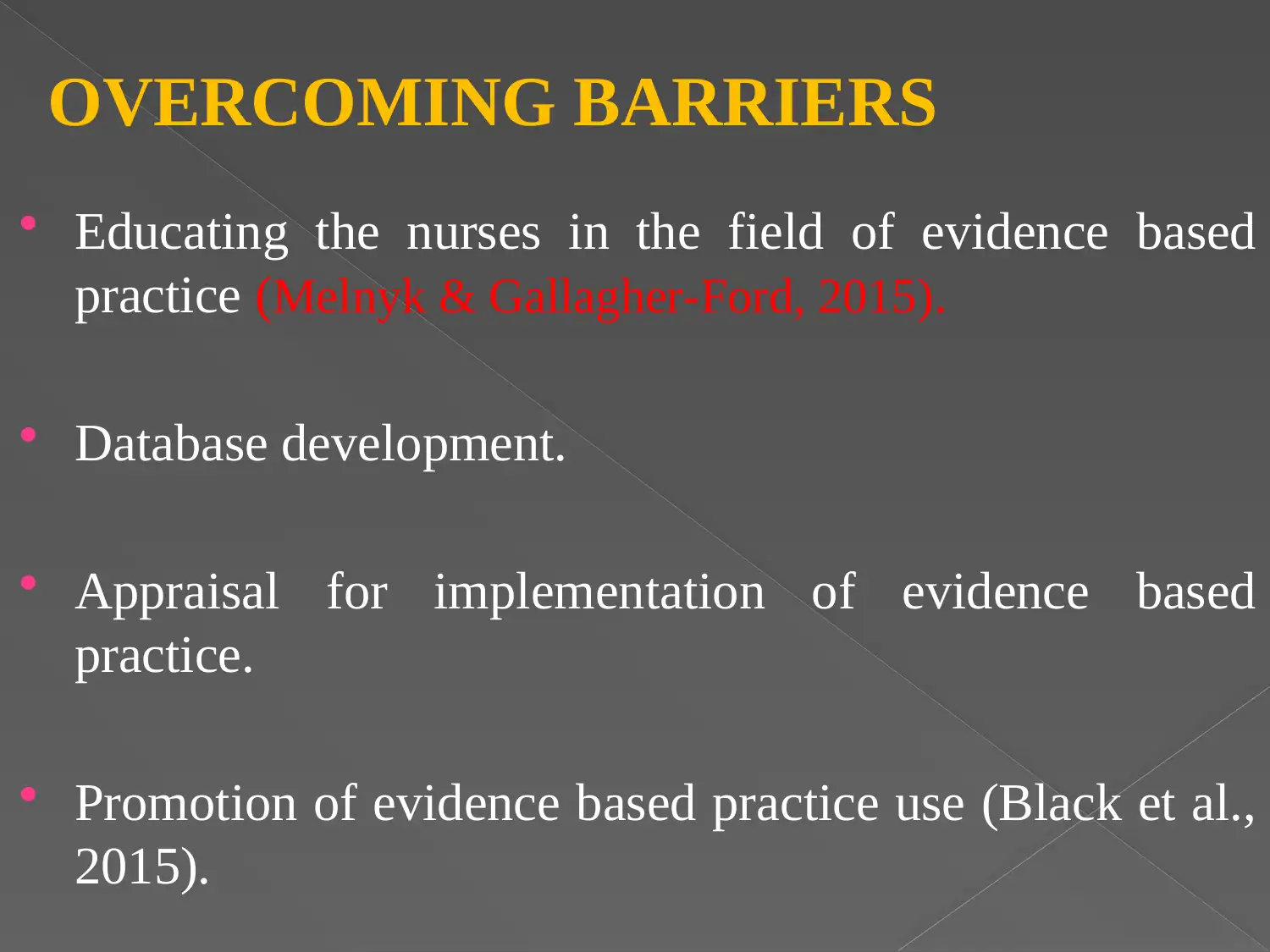
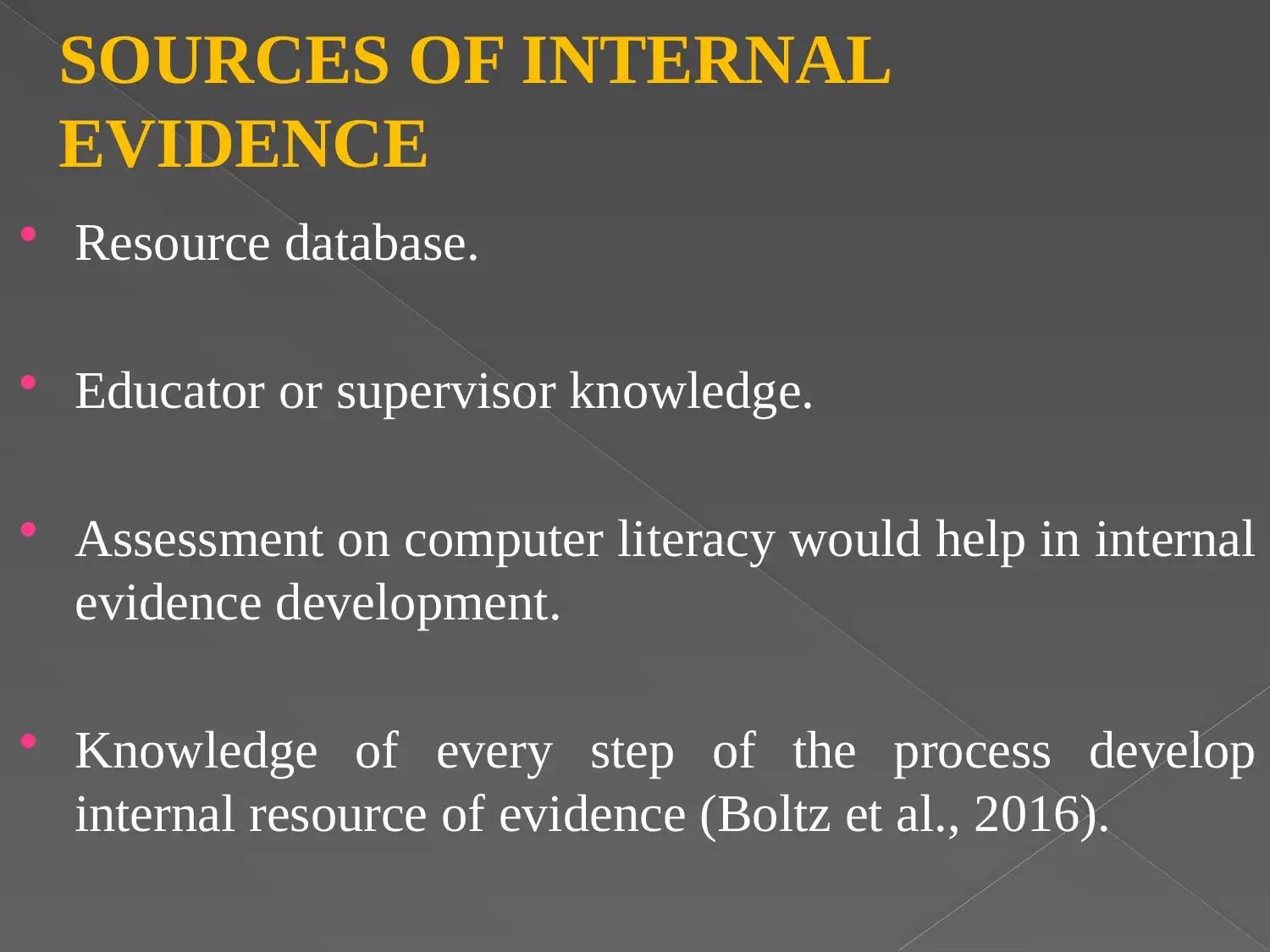
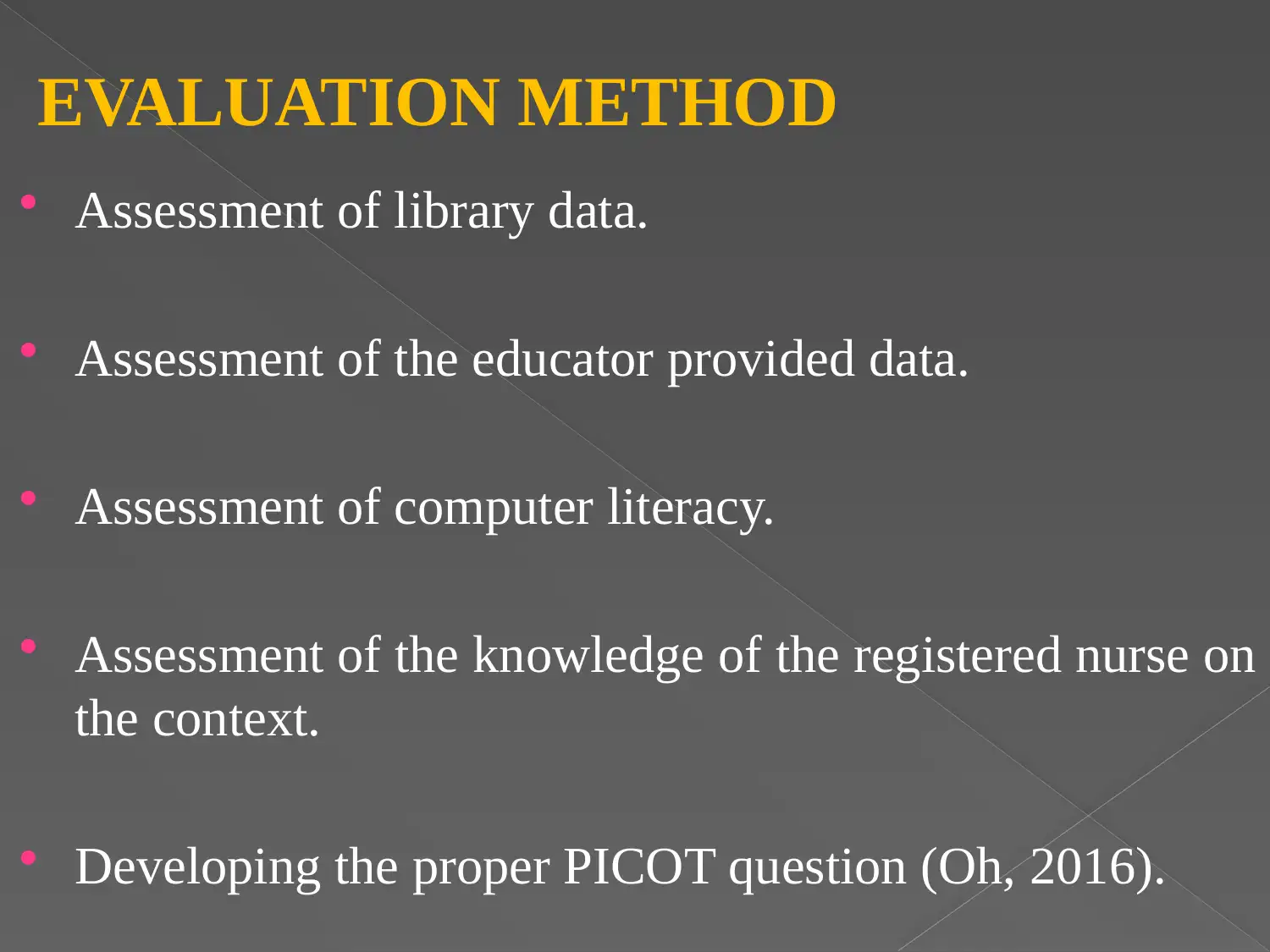
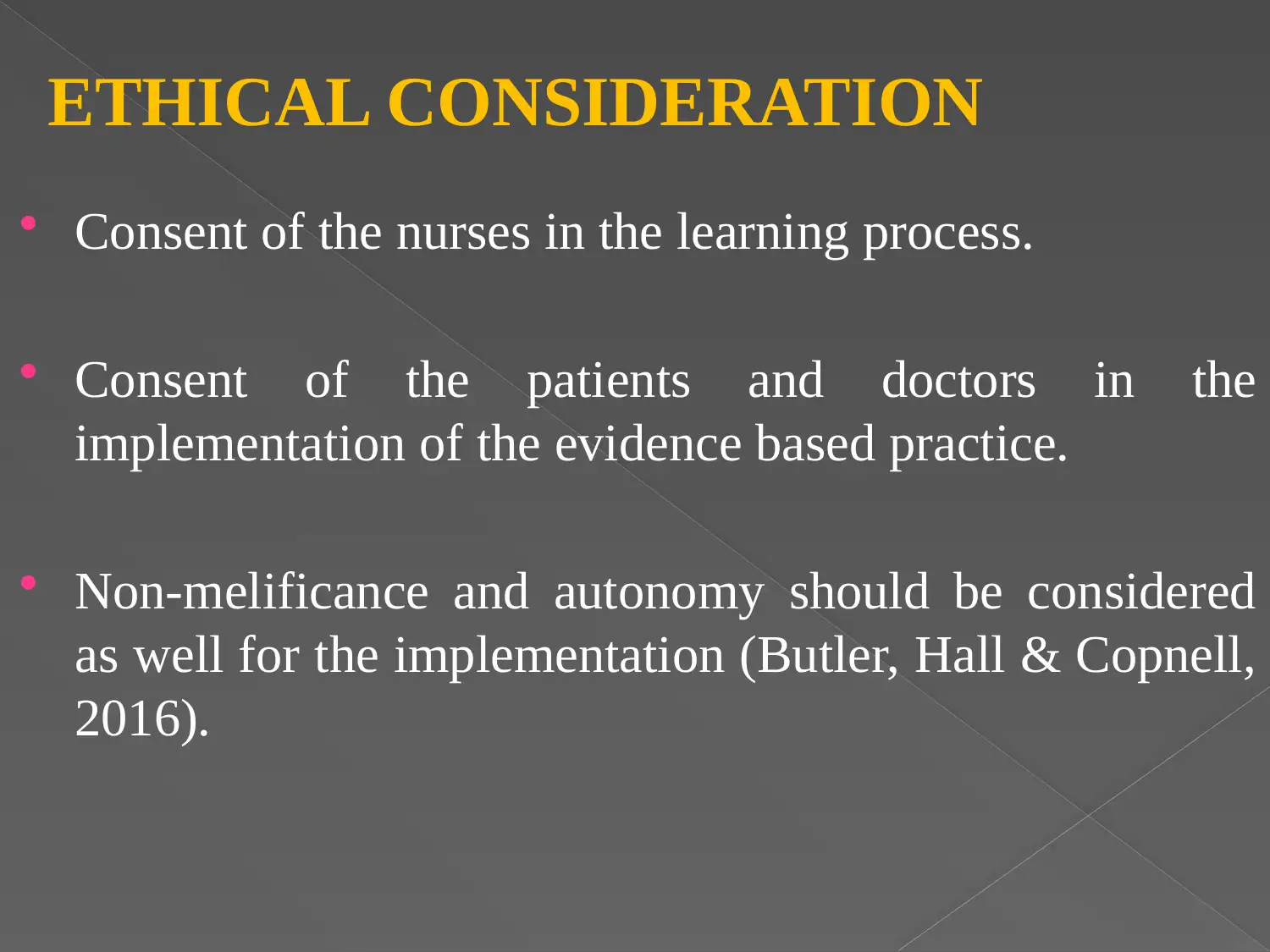
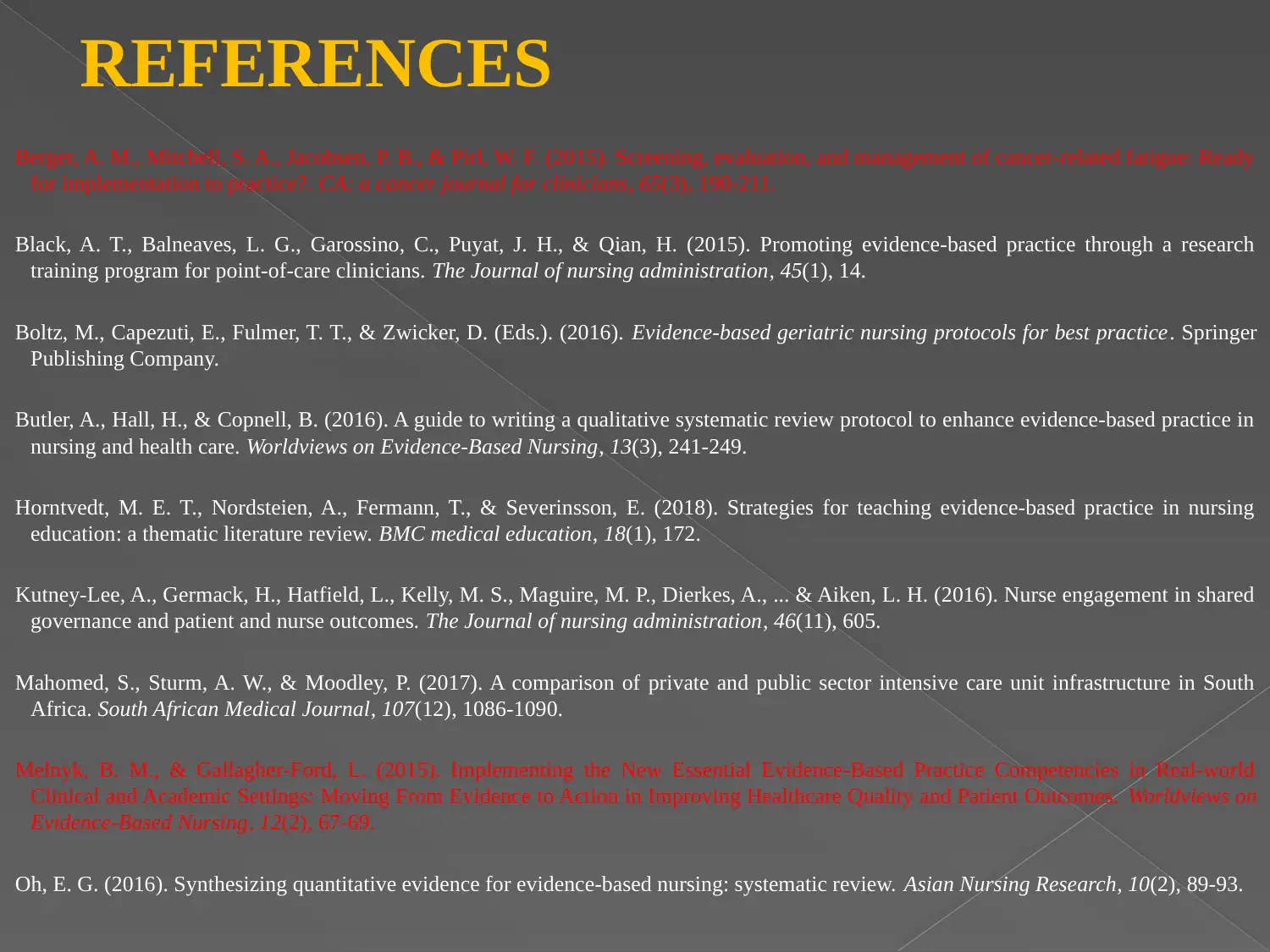







![[object Object]](/_next/static/media/star-bottom.7253800d.svg)